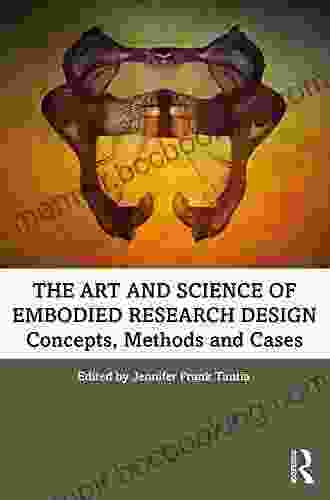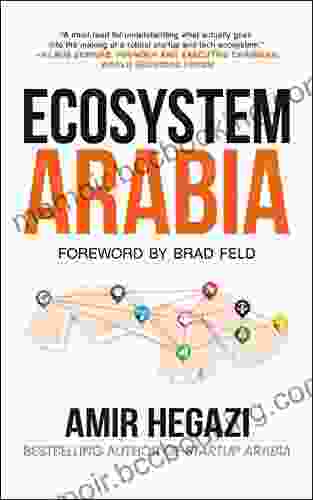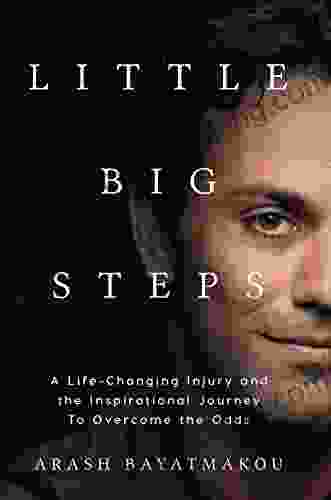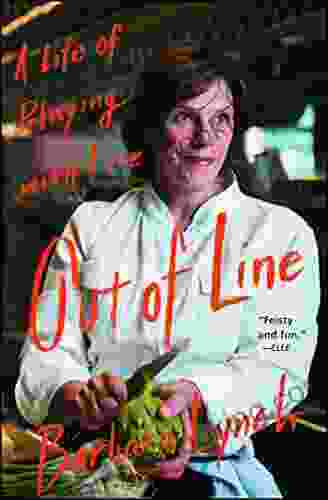The Art and Science of Embodied Research Design: A Window into the World of Lived Experience

5 out of 5
| Language | : | English |
| File size | : | 3761 KB |
| Text-to-Speech | : | Enabled |
| Screen Reader | : | Supported |
| Enhanced typesetting | : | Enabled |
| Word Wise | : | Enabled |
| Print length | : | 286 pages |
Embodied research design is an innovative approach to qualitative research that emphasizes the role of the body in the research process. This approach recognizes that our experiences are not solely mental or cognitive, but also intimately tied to our physical and sensory experiences. By incorporating embodied practices into research, researchers can gain a deeper understanding of human phenomena and the lived experiences of participants.
This comprehensive guide explores the art and science of embodied research design, providing a thorough to its principles, methods, and ethical considerations. Whether you are a seasoned researcher or a student embarking on your research journey, this guide will empower you to harness the transformative power of embodied research.
Chapter 1: The Embodied Turn in Research
The first chapter sets the stage for embodied research design by examining the historical and philosophical roots of this approach. It explores the contributions of phenomenology, hermeneutics, and art-based research, highlighting how these disciplines have shaped our understanding of the embodied nature of human experience.
Chapter 2: Embodied Methods in Practice
Chapter 2 delves into the practical aspects of embodied research design, providing a detailed overview of various methods and techniques. These include autoethnography, participatory observation, embodied interviews, and art-based data collection. The chapter also addresses issues of data analysis and interpretation, guiding researchers through the process of extracting meaningful insights from embodied data.
Chapter 3: The Role of the Researcher's Body
In Chapter 3, the focus shifts to the researcher's own body as an instrument of research. It examines the ethical considerations involved in using one's body as a research tool and explores the challenges and rewards of embodying the research experience. The chapter also provides practical tips and strategies for maintaining researcher well-being during embodied research projects.
Chapter 4: Art and Science in Embodied Research
Chapter 4 explores the intersection of art and science in embodied research design. It examines the ways in which artistic practices can enhance the research process, providing unique insights and opening up new possibilities for understanding human experience. The chapter also discusses the challenges of combining artistic and scientific approaches and offers guidance on navigating this hybrid research landscape.
Chapter 5: Ethical Considerations in Embodied Research
Ethical considerations are paramount in embodied research, as this approach involves engaging with the bodies and experiences of participants. Chapter 5 provides a comprehensive overview of ethical principles and guidelines, covering issues such as consent, vulnerability, and power dynamics. It also explores the challenges of conducting embodied research in sensitive or marginalized communities.
Chapter 6: Embodied Research in Action
Chapter 6 showcases real-world examples of embodied research design, offering insights into the transformative power of this approach. The chapter features case studies from various disciplines, demonstrating how embodied research has contributed to a deeper understanding of topics such as health and illness, social inequality, and environmental sustainability.
The concluding chapter summarizes the key principles and benefits of embodied research design, emphasizing its potential to transform the field of qualitative research. It also highlights the need for ongoing dialogue and collaboration to advance the art and science of embodied research and to ensure its ethical and responsible application.
Call to Action
If you are ready to embark on an embodied research journey, this comprehensive guide will provide you with the knowledge, skills, and ethical framework to navigate this transformative approach. Embrace the power of the body in research and unlock a deeper understanding of human experience.
5 out of 5
| Language | : | English |
| File size | : | 3761 KB |
| Text-to-Speech | : | Enabled |
| Screen Reader | : | Supported |
| Enhanced typesetting | : | Enabled |
| Word Wise | : | Enabled |
| Print length | : | 286 pages |
Do you want to contribute by writing guest posts on this blog?
Please contact us and send us a resume of previous articles that you have written.
 Book
Book Novel
Novel Page
Page Chapter
Chapter Text
Text Story
Story Genre
Genre Reader
Reader Library
Library Paperback
Paperback E-book
E-book Magazine
Magazine Newspaper
Newspaper Paragraph
Paragraph Sentence
Sentence Bookmark
Bookmark Shelf
Shelf Glossary
Glossary Bibliography
Bibliography Foreword
Foreword Preface
Preface Synopsis
Synopsis Annotation
Annotation Footnote
Footnote Manuscript
Manuscript Scroll
Scroll Codex
Codex Tome
Tome Bestseller
Bestseller Classics
Classics Library card
Library card Narrative
Narrative Biography
Biography Autobiography
Autobiography Memoir
Memoir Reference
Reference Encyclopedia
Encyclopedia Antoine Rempp
Antoine Rempp Antonio Nicaso
Antonio Nicaso Arthur Chichester
Arthur Chichester April Baker Bell
April Baker Bell Anton Du Beke
Anton Du Beke Annalisa Conti
Annalisa Conti Annette Hostoffer
Annette Hostoffer Ann Marie Thomas
Ann Marie Thomas Anne Makela
Anne Makela Anthony J Evans
Anthony J Evans Anzhela Shaposhnyk
Anzhela Shaposhnyk Aurora Levins Morales
Aurora Levins Morales Arthur Edward Romilly Boak
Arthur Edward Romilly Boak Anna Fienberg
Anna Fienberg Ann Zwinger
Ann Zwinger Anne Wheeler
Anne Wheeler Avram Miller
Avram Miller Antong Lucky
Antong Lucky Anne Deans
Anne Deans Barbara Anne Waite
Barbara Anne Waite
Light bulbAdvertise smarter! Our strategic ad space ensures maximum exposure. Reserve your spot today!

 Andres CarterComparison of the Use of Formalist Terminology in Two Scholarly Articles on...
Andres CarterComparison of the Use of Formalist Terminology in Two Scholarly Articles on...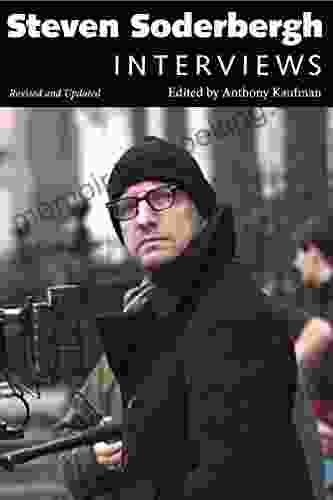
 Matthew WardConversations with Filmmakers: Interviews Revised and Updated - Unveiling the...
Matthew WardConversations with Filmmakers: Interviews Revised and Updated - Unveiling the... Felipe BlairFollow ·6.8k
Felipe BlairFollow ·6.8k Anton FosterFollow ·13.8k
Anton FosterFollow ·13.8k Ron BlairFollow ·18.3k
Ron BlairFollow ·18.3k Deacon BellFollow ·2.6k
Deacon BellFollow ·2.6k David PetersonFollow ·18.6k
David PetersonFollow ·18.6k William WordsworthFollow ·3.7k
William WordsworthFollow ·3.7k Bill GrantFollow ·13k
Bill GrantFollow ·13k Barry BryantFollow ·10.7k
Barry BryantFollow ·10.7k
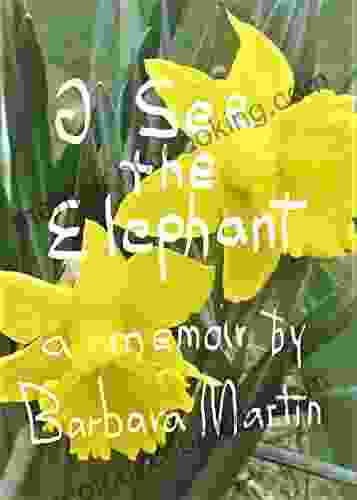
 Brayden Reed
Brayden ReedTeach Your Child They Have No Self Worth And They Will...
By Dr. Jane Doe ...

 Shawn Reed
Shawn ReedUnveiling Centuries of Tradition: History of Childbirth...
Journey into the heart of the...
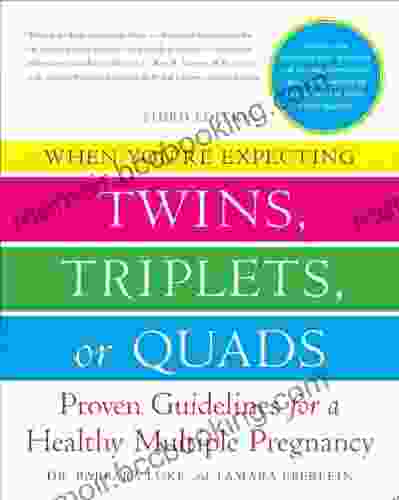
 Brady Mitchell
Brady MitchellProven Guidelines For Healthy Multiple Pregnancy
Congratulations on your...
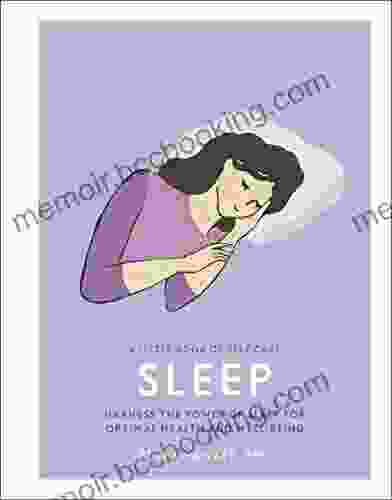
 Dylan Mitchell
Dylan MitchellHarness the Power of Sleep for Optimal Health and...
In the fast-paced,...

 Herman Melville
Herman MelvilleAlexander Hamilton: The Revolutionary Who Shaped...
Alexander Hamilton was a...
5 out of 5
| Language | : | English |
| File size | : | 3761 KB |
| Text-to-Speech | : | Enabled |
| Screen Reader | : | Supported |
| Enhanced typesetting | : | Enabled |
| Word Wise | : | Enabled |
| Print length | : | 286 pages |


